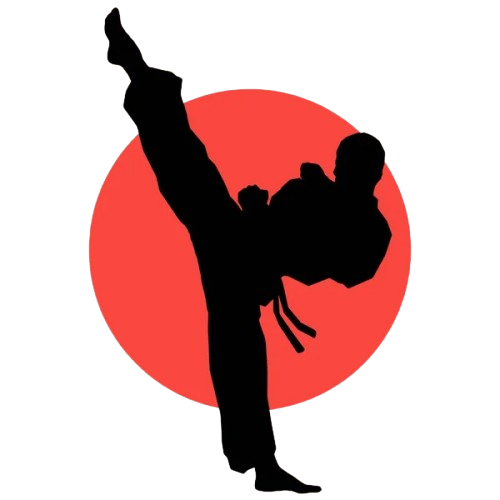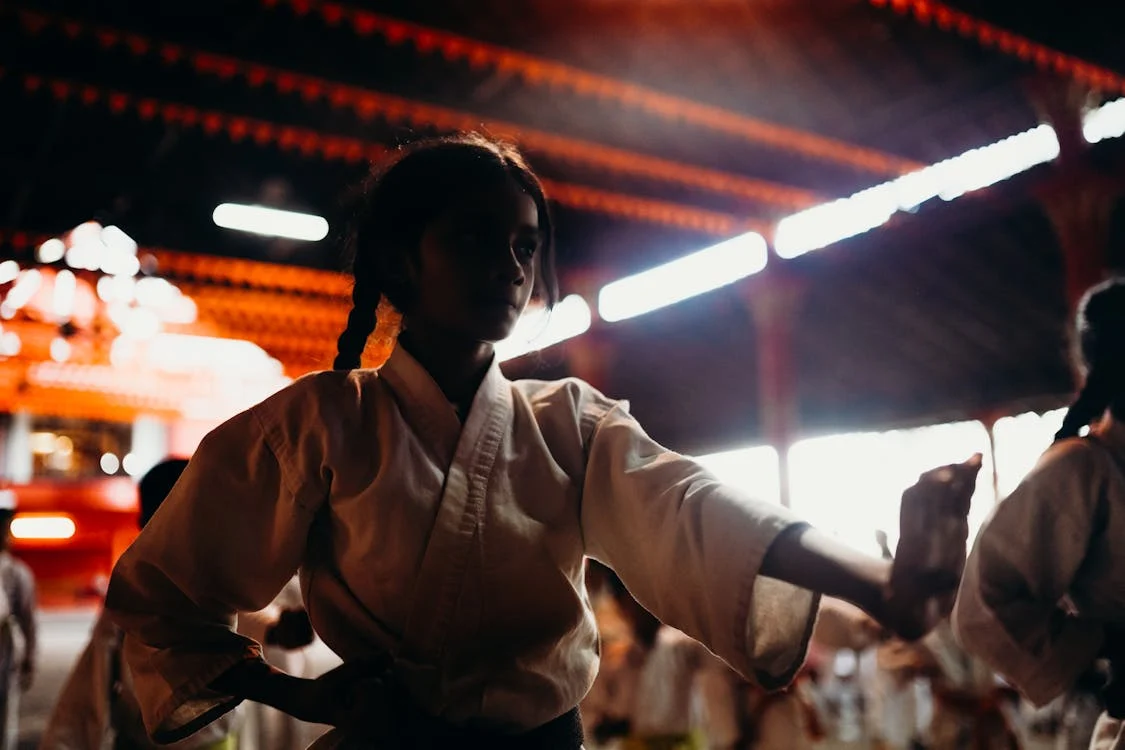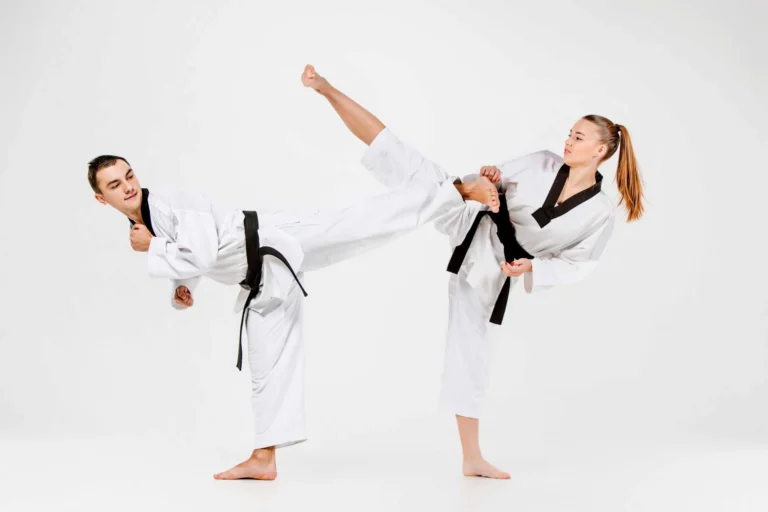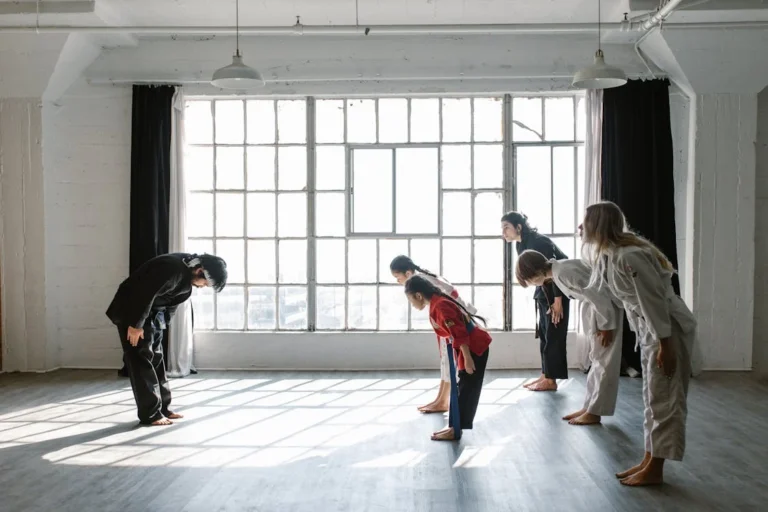Taekwondo: The Art of Speed, Power, and Discipline
Taekwondo is a dynamic martial art that combines powerful kicks, fast footwork, and strong discipline. Originating in Korea, it has grown into a global sport and self-defense system, practiced by millions around the world. Whether you’re interested in learning self-defense, improving fitness, or competing in tournaments, Taekwondo offers physical, mental, and emotional benefits for people of all ages.
Let’s dive into the history, techniques, benefits, and training aspects of this powerful martial art!
🏆 The Origins of Taekwondo
Taekwondo traces its roots back to ancient Korean martial arts, including Taekkyeon and Hwa Rang Do, which emphasized powerful kicks and fluid movements. However, modern Taekwondo was officially developed in the mid-20th century, combining traditional Korean techniques with influences from Japanese Karate and Chinese martial arts.
Today, Taekwondo is:
✔ An Olympic sport (since the 2000 Sydney Olympics).
✔ One of the most popular martial arts worldwide, with schools in over 200 countries.
✔ A structured martial art, focused on discipline, respect, and continuous improvement.
🥋 Taekwondo Techniques & Movements
Taekwondo is known for its lightning-fast kicks and striking techniques. Here are the key components of this martial art:
1. Kicks (Chagi) 👣
✔ Front Kick (Ap Chagi) – A straight kick aimed at an opponent’s chest or head.
✔ Roundhouse Kick (Dollyo Chagi) – A powerful circular kick to the body or face.
✔ Side Kick (Yop Chagi) – A strong, thrusting kick to the ribs or midsection.
✔ Spinning Hook Kick (Dwi Huryeo Chagi) – A spinning kick aimed at the head, used for knockouts.
✔ Axe Kick (Naeryo Chagi) – A downward, chopping kick designed to break an opponent’s guard.
Tip: Taekwondo emphasizes high, fast kicks—practicing flexibility and balance is essential!
2. Hand Strikes (Jireugi & Chigi) 🖐
✔ Punch (Jireugi) – A direct punch to the midsection.
✔ Knife-Hand Strike (Sonnal Chigi) – A chop-like strike used in self-defense.
✔ Backfist Strike (Deung Jumeok Chigi) – A quick strike aimed at the opponent’s temple or jaw.
✔ Elbow Strike (Palgup Chigi) – A close-range strike for maximum impact.
3. Blocks (Makki) ✋
✔ Low Block (Arae Makki) – Used to block low kicks or strikes.
✔ High Block (Eolgul Makki) – Protects against head-level attacks.
✔ Inward Block (An Makki) – Deflects strikes away from the body.
Tip: Blocks in Taekwondo are designed to redirect attacks rather than just absorb them.
4. Forms (Poomsae) 🎭
Poomsae are pre-arranged sequences of movements, combining kicks, punches, and blocks in a flowing pattern. Each belt level has different Poomsae to improve technique, discipline, and focus.
Popular forms include:
✔ Taegeuk Il Jang (beginner) – Represents heaven and light.
✔ Taegeuk Sam Jang (intermediate) – Represents fire and energy.
✔ Koryo (advanced) – Named after an ancient Korean dynasty, symbolizing strength.
💪 Benefits of Practicing Taekwondo
Taekwondo is more than just a sport—it provides physical, mental, and emotional benefits that last a lifetime.
1. Physical Benefits 🏋️♂️
✔ Improves flexibility – High kicks require strong, flexible muscles.
✔ Builds strength & endurance – Kicking and sparring develop leg power and stamina.
✔ Enhances balance & coordination – Moving quickly while staying controlled is key.
✔ Increases speed & agility – Taekwondo is all about fast reflexes and quick attacks.
2. Mental & Emotional Benefits 🧠
✔ Teaches discipline & respect – Students follow strict etiquette in training and competition.
✔ Boosts confidence – Learning self-defense skills helps overcome fear and self-doubt.
✔ Improves focus & concentration – Forms and techniques require mental sharpness.
✔ Encourages perseverance – Progressing through belt ranks builds determination.
3. Self-Defense & Competition 🏅
✔ Self-Defense – Taekwondo teaches practical techniques for defending against attacks.
✔ Sparring (Kyorugi) – Controlled fights between opponents to test skills and strategy.
✔ Breaking (Gyeokpa) – Using power and precision to break wooden boards or bricks.
✔ Tournaments & the Olympics – Competitive Taekwondo allows athletes to showcase their skills on a global stage.
🥋 Training & Belt Progression
Taekwondo follows a belt ranking system, with each level requiring mastery of specific techniques, forms, and sparring skills.
Common Belt Colors (from beginner to expert):
✔ White Belt – The beginning, representing a blank slate.
✔ Yellow Belt – The foundation of basic techniques.
✔ Green Belt – Growth and development.
✔ Blue Belt – Progression towards higher levels.
✔ Red Belt – Near mastery, developing advanced skills.
✔ Black Belt – Mastery, leadership, and deep knowledge of Taekwondo.
Advancing through the ranks requires dedication, practice, and testing under an instructor’s guidance.
🔥 Getting Started with Taekwondo
If you’re thinking about learning Taekwondo, here are some tips to begin:
✔ Find a reputable Taekwondo school (Dojang) – Look for qualified instructors and structured training.
✔ Focus on flexibility – Stretching daily helps improve kicks and movements.
✔ Practice discipline & respect – Taekwondo is about self-control as much as physical skill.
✔ Train consistently – Regular practice builds strength, speed, and confidence.
✔ Enjoy the journey – Progressing in Taekwondo takes time, but the rewards are worth it!
🥋 Final Thoughts: Taekwondo as a Way of Life
Taekwondo is more than just a martial art—it’s a path of self-improvement, blending physical skill, mental focus, and inner discipline. Whether you’re practicing for self-defense, competition, or personal growth, Taekwondo provides lifelong benefits.
💬 Would you try Taekwondo? What martial arts style do you find the most interesting? Let’s discuss in the comments! 👊🔥🥋




